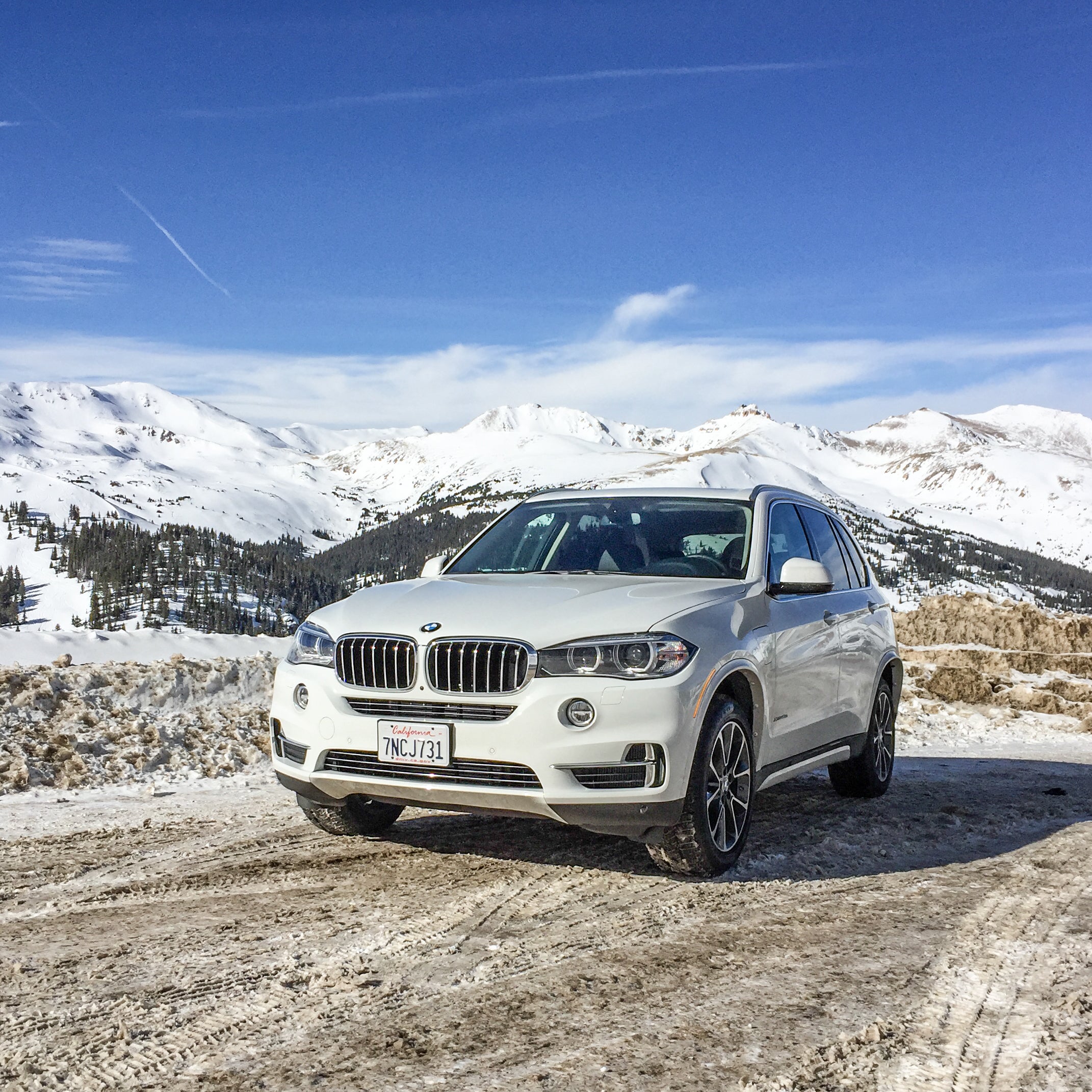The ��5����ٰ�������40�� is very good, but it has some flaws when it comes to adventuring. We explain.
The Takeaway
The Good: As BMW’s first and only plug-in hybrid—it can run on just the electric motor if need be—the still delivers on being, well, a BMW. The ride is reassuringly German (firm and solid), and the eight-speed transmission is wondrously smooth. BMW also pays an inordinate amount of attention to the interior, and we could feel it. The adjustable seat and steering wheel allow for a great custom fit, making this a perfect long-haul car.
The Bad: The cargo space is limited, there’s no third-row seat (the battery pack for the electric motor takes up that space), and it needs more legroom in the back seat to comfortably carry adults. We were also disappointed with the vehicle’s range in all-electric mode: BMW claims 13 miles on a full charge, but we notched only eight on a cold winter day. Both numbers made us question why BMW even bothered with the plug-in option.
The Verdict: A nearly 5,000-pound luxury electric/hybrid SUV may seem like an oxymoron, but after our test, we get it. This car sips fuel in traffic like any other hybrid, but shift to sport mode, where both engines kick in, and you’ll be pushed back in your seat. It’s practical and fun all at the same time.
Specs
�ʰ�������:��$62,100 base; $76,720 as tested
E�Բ����Ա�:��2.0-liter twin-turbo inline 4-cylinder paired with an electric motor, which combines to produce 308 horsepower
‸���������ٰ�������:��8-speed, AWD
EPA Fuel Economy: 24 mpg (gas engine only), 56 mpg combined (in hybrid mode)
The Engine
This is a hybrid, yes, but we were seriously impressed with the gas engine. Driving up I-70 to the top of Loveland Pass, at 11,990 feet (a vertical gain of 6,750 feet over 90 miles from Denver), the electric motor kicked in sparingly: the four-cylinder, 2.0-liter, twin-turbo engine had more than enough power to keep the 2.5-ton vehicle cruising at highways speeds. This is the same size turbo engine found in a VW GTI hatchback—a much smaller, lighter car.
We averaged 20 miles per gallon to the top of the pass and used 70 percent of our battery capacity. By the time we dropped back down into town, the trip computer showed our fuel economy at 30 mpg—and the battery had been recharged to better than 50 percent.
Next, we tested the X5’s all-electric range. Unfortunately, the day was below freezing, and cold temps are kryptonite to electric cars, often halving their battery range. Driving on suburban surface streets in all-electric mode yielded a paltry eight-mile range before the gas engine automatically kicked in and the SUV switched into hybrid mode. Seeing as it took better than 12 hours to recharge the battery from a standard 110-volt socket in the garage, we have to wonder if the plug-in feature is truly worth it. However, that plug-in feature does qualify the car for a $4,585 federal tax credit and, depending on which state you live in, the chance to write off a couple thousand more, making this one of the least expensive X5s you can buy.
The Ride
In comfort mode, the X5’s ride is limousine plush. But put the vehicle into sport and its steering wheel gets heavier and more precise, the suspension stiffens up, and the gears shift at higher RPMs (since that’s where peak horsepower sits). From the driver’s seat, the transition is visceral. The vehicle automatically feels smaller.
Handling for a vehicle this size is quite good, but not sports sedan or wagon good. And that’s mostly due to its extra heft and the battery placement. To allow for its generous 8.2 inches of ground clearance, the battery sits high, and on tight, twisting mountain roads, we could feel its weight tilting the chassis back and forth. Thankfully, our test vehicle came with Pirelli Scorpion snow tires (instead of the stock, run-flat all-seasons) that held firm even as the road turned to packed ice on Loveland Pass.
Cargo Room
This is where sacrifices were made to accommodate the hybrid tech. The cargo area maxes out at 61 cubic feet, in part because of the battery. By comparison, a Jeep Grand Cherokee has 68 cubic feet of space. That said, 61 cubic feet is still plenty of room to haul gear for four (assuming skis and boards go on a roof rack) and a Labrador or two in the back. As I mentioned up top, the backseat lacks legroom, especially if you’re hauling adults, but young kids will be just fine.
One signature feature of the X5 is the mini-tailgate that makes up the rear hatch. The tailgate folds down to create a welcome bench for putting on or taking off boots or just hanging out with a beer. The split design also shortens the top part of the hatch, making it easier to open in tight confines.
Buying Advice
Overall, the X5 xDrive40e feels less like a true transportation solution and more like a showcase vehicle. BMW wants us to see the benefits of the small turbo-four/hybrid engine that helps on gas but still has lots of get-up-and-go. The company also showed us how it can integrate hybrid technology into an AWD with luxury touches. But because there are still flaws—namely lack of space and small electric range—I’d suggest waiting to see what BMW does next in the hybrid world. I’m hoping to see a similar build in a 3-series wagon, which seems better suited for the hybrid setup.


